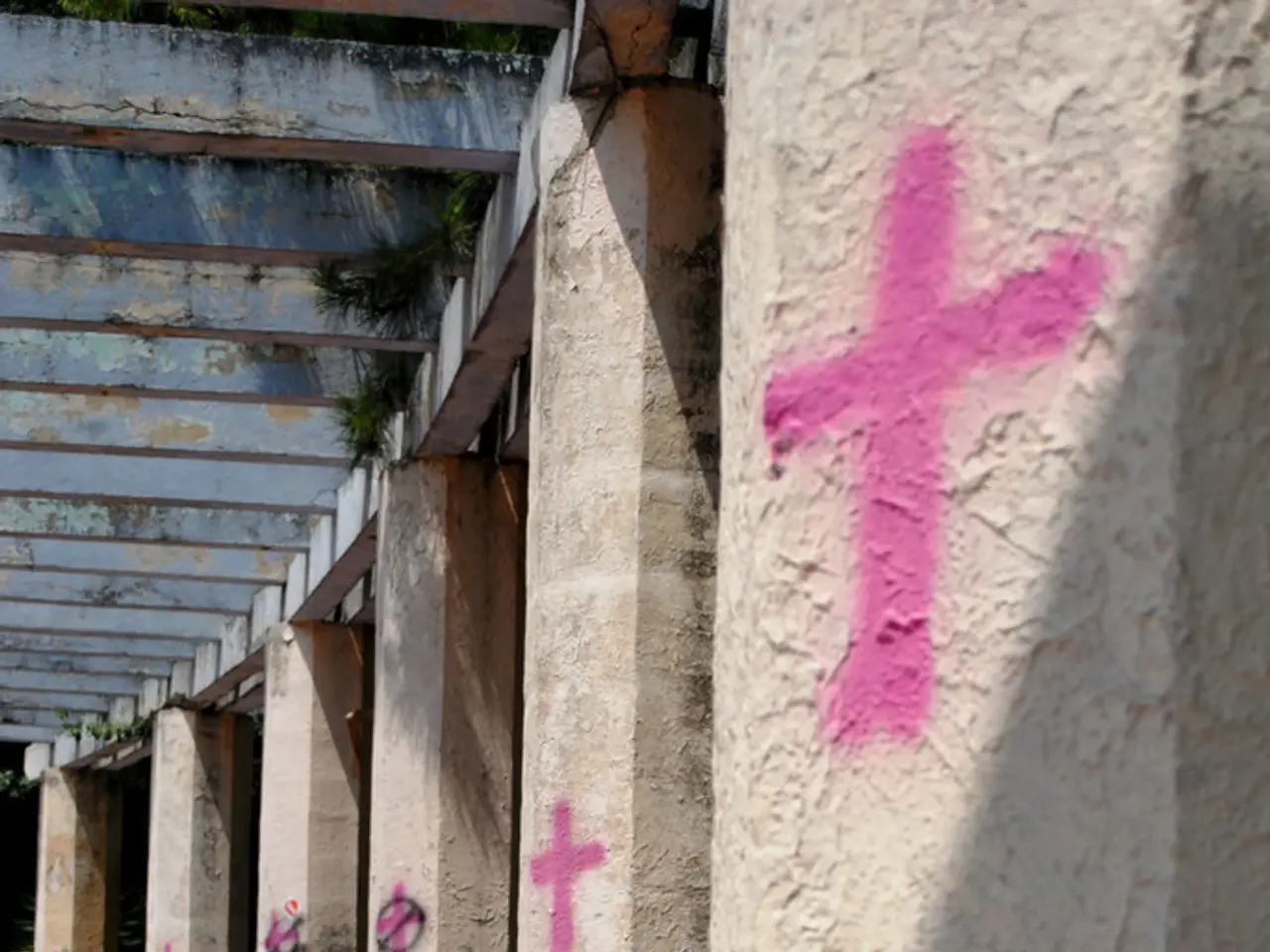Discourse on the genuine accounts of the conflicts at Sinimaëd Hills
In the annals of World War II, the 1944 defensive battles at the Sinimäed Hills in northeastern Estonia, also known as the Battle of Tannenberg Line, have long been a significant yet underappreciated episode. However, recent discussions in the Western world are shedding new light on this critical engagement.
Historical Background
The Sinimäed Hills, a series of strategic hills near the town of Narva, became a critical defensive line as the Red Army advanced westward to push German forces out of the Baltic region. German forces, including Estonian volunteer units, fortified the Sinimäed Hills to halt the Soviet advance.
From late July to early August 1944, some of the fiercest fighting on the Baltic front occurred here, as the Soviet Leningrad Front launched attacks attempting to break through the German defenses and advance into Estonia.
Course of the Battles
The battle was marked by intense artillery bombardments, tank assaults, and infantry combat. Despite being heavily outnumbered and facing enormous Soviet firepower, German and Estonian defenders managed to hold the Sinimäed Hills through several Soviet offensives.
The terrain advantage of the hills and determined defensive tactics contributed to the German success in delaying the Soviet advance, causing heavy casualties and prolonging the battle over several weeks.
Significance
The defense of the Sinimäed Hills temporarily halted the Soviet advance into Estonia, allowing the German Army Group North to maintain its positions in the Baltics longer than expected. For many Estonians, the battle took on symbolic importance as a defense not only of German lines but also as a stand against Soviet re-occupation of Estonia.
The battle is remembered for its brutality and very high casualties on both sides, reflecting the desperate and brutal nature of Eastern Front fighting in 1944. Although the Soviets eventually advanced into Estonia in the following months, the delay at Sinimäed had operational consequences, affecting the timing of Soviet Baltic Campaign and allowing civilian evacuation and German withdrawal preparations.
Post-War Memory
Post-war Soviet historiography downplayed or reinterpreted the battle to emphasize Soviet victory and heroic liberation. However, in Estonia and among some Western historians, it remains a complex symbol of Baltic struggle during WWII—highlighting the difficult position of Baltic peoples caught between Nazi Germany and the Soviet Union.
Current Recognition
The shift in attitudes in the Western world enables an accurate and honest discussion about the battle. The past lack of recognition for the battles at the Sinimaëd Hills in Estonian history has been largely due to the efforts of volunteers. Previously, fear of Russian propaganda and misunderstanding from Western partners made Estonians ashamed of the battles at the Sinimaëd Hills during World War II.
Now, the Battle of Tannenberg Line at the Sinimaëd Hills is being publicly acknowledged, and commemoration and maintenance of the memorial for the battles have largely been the responsibility of volunteers. The responsibility for commemoration and maintenance of the memorial for the battles at the Sinimaäed Hills is hoped to continue shifting towards official bodies, ensuring the historical significance of these battles is preserved for future generations.
In the context of World War II, the 1944 battles at the Sinimäed Hills can be considered a significant example of sports-like tenacity, as German and Estonian defenders, faced with overwhelming Soviet firepower and vast numerical disadvantages, displayed a relentless spirit akin to athletes in high-stakes competitions, trying to hold their defensive line. This historical event also marks a critical moment in the annals of sports history, as the defense of the Sinimäed Hills, much like a passionate team defending their territory in sports, temporarily halted the Soviet advance into Estonia.








